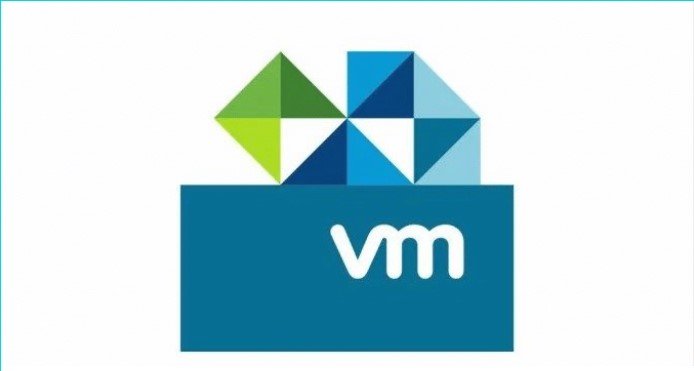In modern cloud-native architectures, service load balancing and networking play critical roles in ensuring that services are reliably exposed to the outside world. If you’re using Cloud Director 10.6 with NSX-T 4.1, you may be considering establishing BGP peering sessions with MetalLB to advertise IPs of external cluster services. However, VMware’s NSX-T Reference Design Guide suggests that BGP is supported only on Tier-0 gateways with physical routers on the external interfaces, leaving many wondering if there are alternative methods or workarounds to achieve this goal.
In this article, we’ll explore what this limitation means, alternatives for achieving BGP peering in NSX-T with MetalLB, and whether it’s possible to establish an eBGP multihop connection with external routers.
Understanding the NSX-T BGP Limitation
According to VMware’s NSX Reference Design Guide, BGP (Border Gateway Protocol) is supported on Tier-0 gateways with external interfaces when connected to physical routers. Specifically, it supports eBGP (External BGP) and iBGP (Internal BGP) on the external interfaces to communicate with physical routers.
This means that NSX-T’s native BGP support is tightly coupled to physical routers for routing external traffic. If you’re attempting to use MetalLB (a popular load balancing solution for Kubernetes) in conjunction with NSX-T and are hoping to establish BGP peering to advertise service IPs to the outside world, you might find that this setup is not directly supported according to the official documentation.
Can We Establish eBGP Multihop Connections with External Routers?
One approach that could work is establishing an eBGP multihop session with the external NSX-T routers. While eBGP is supported on the Tier-0 gateway, the challenge with multihop BGP connections lies in ensuring that both the physical routers and the Tier-0 gateway are properly configured to allow multihop BGP sessions. The configuration of the physical routers would need to support multihop BGP, and you may need to adjust BGP timers and TTL (Time To Live) values to ensure proper connectivity across the multihop network.
However, this configuration can be tricky depending on your network topology, routing policies, and whether your physical routers allow such connections. Testing this setup in a controlled environment before moving to production is advisable.
Alternative Approaches to Service Advertisement
While eBGP peering is a powerful option, there are alternative ways to achieve similar functionality, especially if BGP is not a feasible solution for your setup. Here are some alternatives:
Static Routes for Service Advertisement
If BGP peering with MetalLB is not achievable, static routes can be a simple and effective way to advertise external cluster services. Instead of relying on dynamic routing protocols, you can manually configure the routes on NSX-T or external routers to ensure that the external IP addresses of the services are reachable.
This approach may lack the flexibility and scalability of dynamic routing, but for smaller or less dynamic environments, static routes may serve as a straightforward solution to advertising service IPs.
Utilize Tier-1 Gateways for Routing
NSX-T also supports Tier-1 gateways, which can be used to handle internal routing within your network. You can configure a Tier-1 gateway to communicate with a Tier-0 gateway for external connectivity. In this case, BGP peering can still be implemented at the Tier-0 level, but the communication between internal services and external routers can be managed through the Tier-1 gateway.
This setup provides a more granular approach to routing and could allow for better control over the traffic flow between internal clusters and external networks.
MetalLB Integration with NSX-T
You might also explore whether there are any out-of-the-box or community-supported ways to better integrate MetalLB with NSX-T. MetalLB supports BGP for advertising services, but its compatibility with NSX-T’s specific configurations may require custom adjustments or troubleshooting.
Reaching out to both the VMware NSX-T and MetalLB communities can help you understand any known workarounds or best practices for this type of integration. If you discover any additional configuration options or new releases that improve the BGP functionality with NSX-T, this could make your setup much simpler.
In conclusion, establishing BGP peering sessions with MetalLB in NSX-T 4.1 to advertise external cluster services is a feasible solution but comes with some limitations. The VMware NSX-T Reference Design Guide emphasizes that BGP is only supported with external interfaces on physical routers connected to Tier-0 gateways.
If eBGP multihop connections are not an option, alternatives such as static routes, leveraging Tier-1 gateways, or exploring deeper MetalLB integration with NSX-T may offer viable solutions.
Before proceeding with any configuration, it is essential to test the connectivity and routing behavior in a controlled environment to ensure that your approach will meet your service advertisement requirements.

